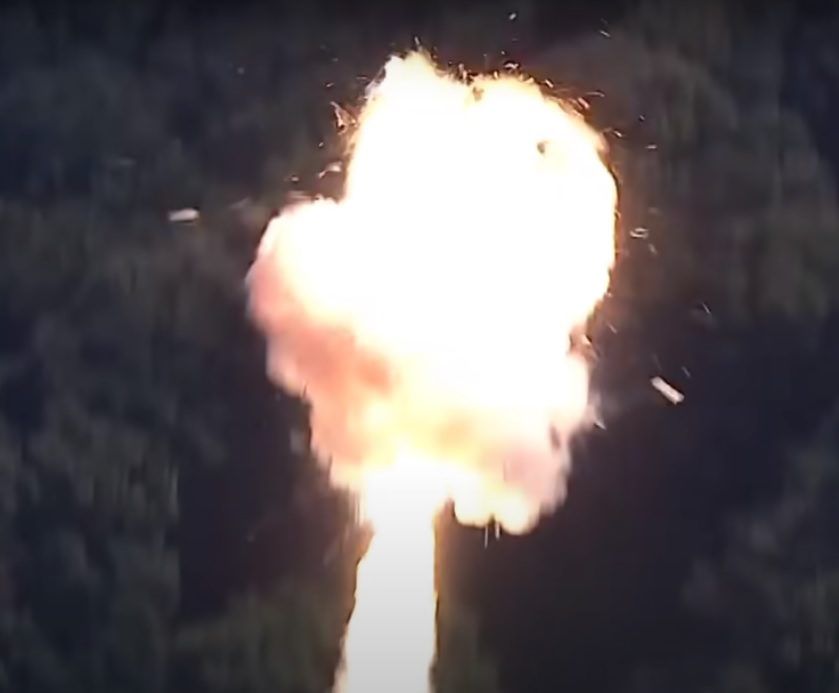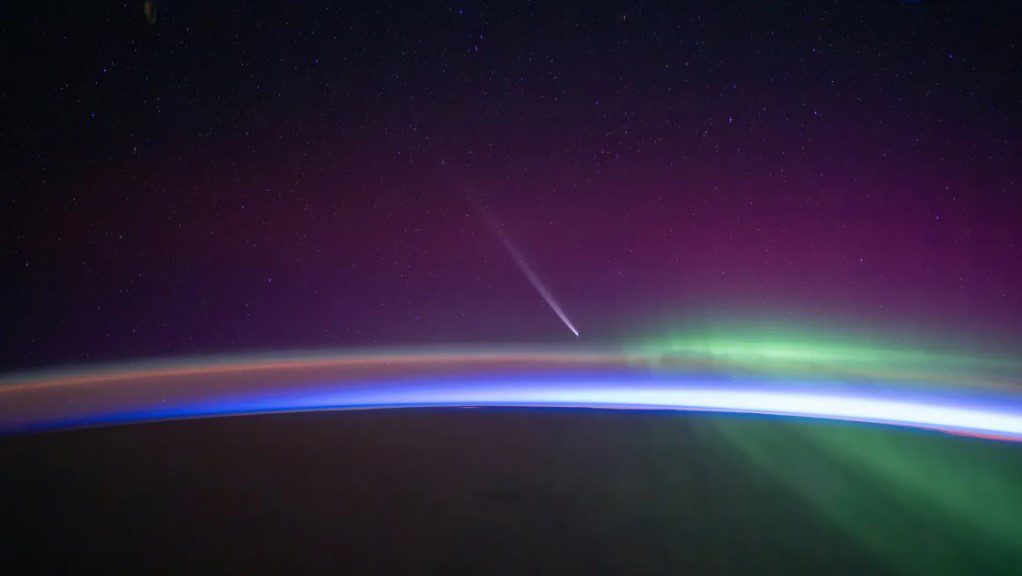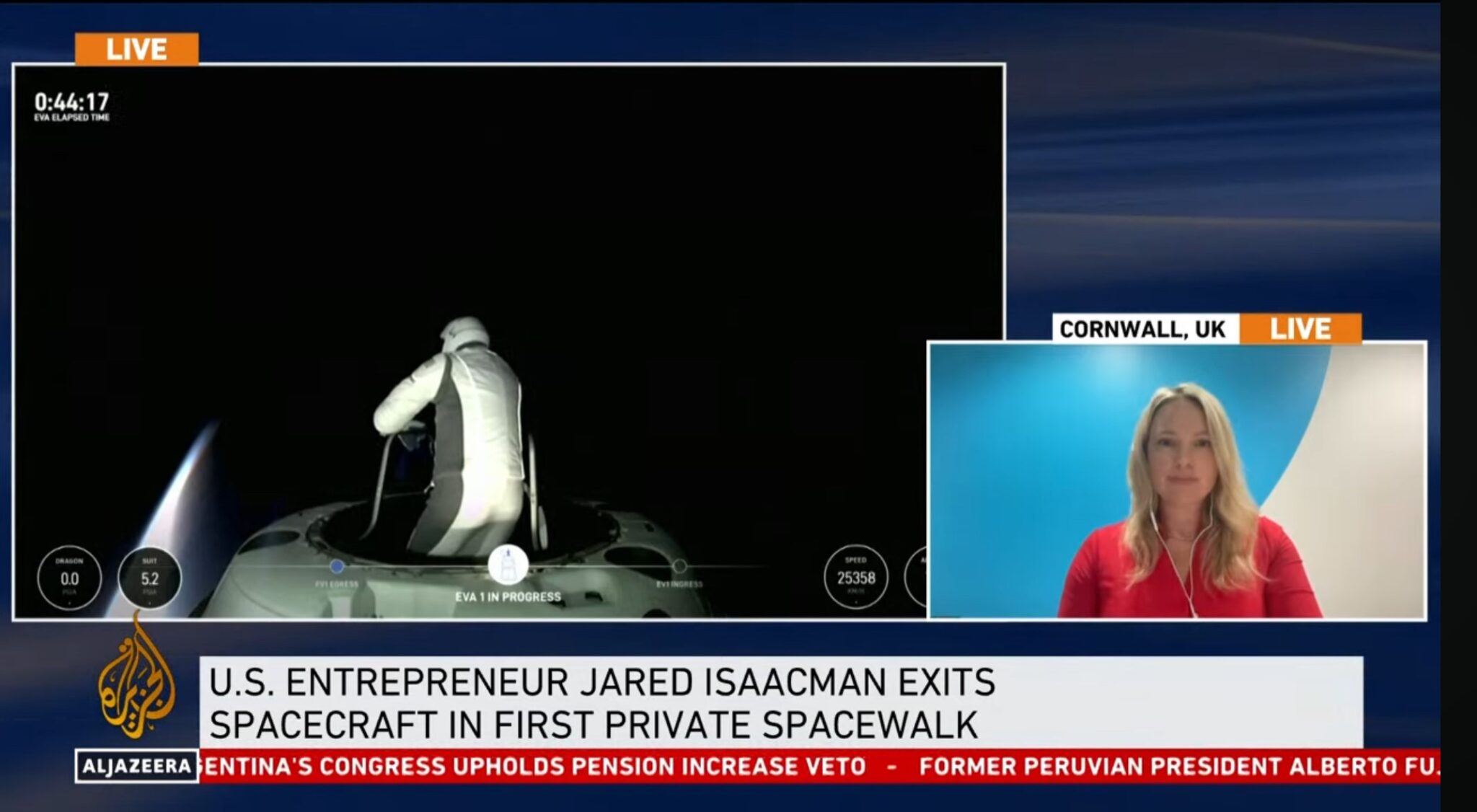While Star Trek’s TV and film series had its USS Enterprise captained by a brave young chap called Captain James T. Kirk (the “T” stands for Tiberius), back on Earth, the US Navy just appointed a Captain James Kirk as captain for its latest warship – the new stealthy super-destroyer, USS Zumwalt. Although it has to be noted that there is no “T” in his name and no Science Officer Spock to back him up.
One thing though: for those of us warship aficianados (and those who like starships as well for that matter), we have to contend with the US Navy’s assertion that the DDG-1000 class USS Zumwalt is a guided missile “destroyer”.
Actually, USS Zumwalt is really more of a missile “cruiser” than a destroyer. The classical definition of a naval “cruiser”, at least in the World War 2 era, was one carrying multiple trainable turret with guns of a calibre between six inches (152 mm) and eight inches (203mm) – though a few specialist cruisers carried lesser 4 to 5 inch calibres as most modern missile cruisers do nowadays. However, Zumwalt is a carrying two individually turreted guns of 6.1 inches (155mm) and would thus be classed as a “light cruiser”using the classical definition and actually has bigger guns than the 5 inch ones carried by the “official cruisers” in the current US Navy fleet.
Similarly, during World War II a “cruiser” was usually defined as a ship with a displacement of above 7000 tons (a limit that really counts the Royal Navy’s new Type 45 Daring class destroyers as a cruisers as well), with larger cruisers being in the range of 10,000-15,000 tons.
USS Zumwalt is actually 14,564 tons which is roughly the size of fully loaded large World War 2 cruiser (whether an 8 inch gun “heavy cruiser” like HMAS Australia below or 6 inch gun “light cruiser” like HMS Belfast which is currently moored as a museum ship near the Tower of London). And if you want a more modern comparison, USS Zumwalt is also longer and displaces more than the US Navy’s current Ticonderoga missile cruisers.
We should not be surprised and this nomenclature confusion. US Navy ship classification nomenclature has always been suspect. During the post war period their “Frigates” were twice the size of anyone else’s and were really cruisers as well.
Whether you count Zumwalt as a missile cruiser or a destroyer, actually a more accurate term for this new warship might be “Missile Monitor”, given that USS Zumwalt’s planned Monitor-like bombardment mission. Instead of the traditional patrolling or escort role of a destroyer or cruiser, it will be used instead to bombard the enemy’s fortifications and inland areas by launching a lot of long range cruise missiles (it can theoretically carry 80), and using its extended range 6.1 inch shells from its guns to bombard the coastal regions as well as it travels along it with impunity.
Whatever the above argument, at the end of the day we will have to leave it to Captain Kirk to work out exactly what sort of ship he is commanding.





